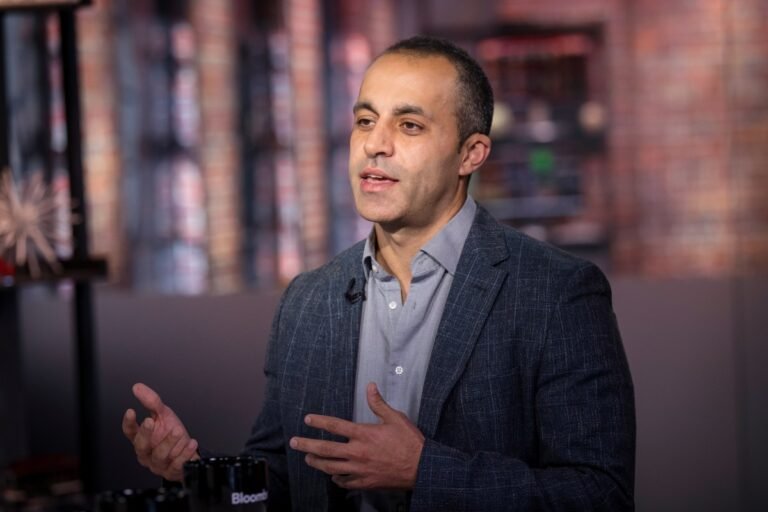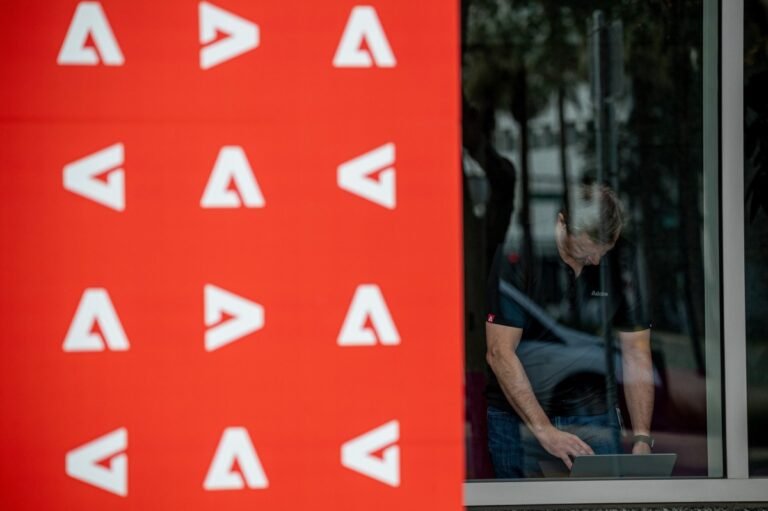
First up, Google is rolling out an update to its Search Generative Experience (SGE) that will allow users to build travel itineraries and trip ideas using AI, the company announced on Wednesday.
For now, the itineraries are just that: no options to buy and services or experiences on the spot.
But it points to how the company is experimenting with how and where it can apply its AI engine.
A lot of players in the travel industry may be eyeing up the role that generative AI will play in travel services in the coming years — some excitedly, some warily.
Google also announced that it’s making it easier to discover lists of recommendations in Google Maps in select cities in the U.S. and Canada.

You could spend it training a generative AI model.
See Databricks’ DBRX, a new generative AI model announced today akin to OpenAI’s GPT series and Google’s Gemini.
Customers can privately host DBRX using Databricks’ Model Serving offering, Rao suggested, or they can work with Databricks to deploy DBRX on the hardware of their choosing.
It’s an easy way for customers to get started with the Databricks Mosaic AI generative AI tools.
And plenty of generative AI models come closer to the commonly understood definition of open source than DBRX.

Adobe today announced Firefly Services, a set of over 20 new generative and creative APIs, tools and services.
Firefly Services makes some of the company’s AI-powered features from its Creative Cloud tools like Photoshop available to enterprise developers to speed up content creation in their custom workflows — or create entirely new solutions.
In addition, the company also today launched Custom Models, which allows businesses to fine tune Firefly models based on their assets.
Custom Models is already built into Adobe’s new GenStudio.
In addition to these AI features, Firefly Services also exposes tools for editing text layers, tagging content and applying presets from Lightroom, for example.

Brands want to use generative AI to personalize their marketing efforts — but they are also deathly afraid of AI going off message and ruining their brand.
At its annual Summit conference in Las Vegas, Adobe today announced GenStudio, a new application that helps brands create content and measure its performance, with generative AI — and the promise of brand safety — at its center.
Adobe wants GenStudio, which it first previewed last September, to be an end-to-end solution to help marketers tailor their content to different channels and audience segments.
That, of course, is where generative AI comes in, since it can speed up content creation dramatically.
The tools also continuously checks that anything a user creates in GenStudio is within a brand’s guidelines.

Just about everyone is trying to get a piece of the generative AI action these days.
While lacking the brand name recognition of some of these other players, it boasts the largest open source model API with over 12,000 users, per the company.
That kind of open source traction tends to attract investor attention, and the company has raised $25 million so far.
“It can be either off the shelf, open source models or the models we tune or the models our customer can tune by themselves.
Being an API, developers can plug it into their application, bring their model of choice trained on their data, and add generative AI capabilities like asking questions very quickly.

Last year, Salesforce, the company best known for its cloud sales support software (and Slack), spearheaded a project called ProGen to design proteins using generative AI.
“Many drugs — enzymes and antibodies, for example — consist of proteins,” Madani said.
Fed into a generative AI model, data about proteins can be used to predict entirely new proteins with novel functions.
Other companies and research groups have demonstrated viable ways in which generative AI can be used to predict proteins.
And DeepMind, Google’s AI research lab, has a system called AlphaFold that predicts complete protein structures, achieving speed and accuracy far surpassing older, less complex algorithmic methods.

AI-coustics to fight noisy audio with generative AINoisy recordings of interviews and speeches are the bane of audio engineers’ existence.
According to co-founder and CEO Fabian Seipel, AI-coustics’ technology goes beyond standard noise suppression to work across — and with — any device and speaker.
“We’ve been driven by a personal mission to overcome the pervasive challenge of poor audio quality in digital communications,” Seipel said.
But Seipel says AI-coustics has a unique approach to developing the AI mechanisms that do the actual noise reduction work.
“Speech quality and intelligibility still is an annoying problem in nearly every consumer or pro-device as well as in content production or consumption.

Part of the shift to AI comes internally by building, some come via acquisitions and some come from partnering widely, says VP of corporate business development Philip Kirk.
Lara Greden, an analyst at IDC who covers ServiceNow, says going beyond building is a big part of every company’s strategy when it comes to AI.
“Like other major waves of technology innovation, breakthrough capabilities in generative AI are coming through entities that have laser focused on the tech itself, in other words: startups.
“ServiceNow’s focus has been on integrating generative AI to improve entire workflows, not just single processes or tasks.
They also play an important role in guiding customers with best practices around data governance and control.”The Washington release is available starting on Wednesday for all ServiceNow customers.

But despite this being the case, rarely are solutions teams adequately staffed and resourced, according to entrepreneur Dan Chen.
So with his friend Michael Graczyk (with whom Chen also co-founded Hero), he created Quilt, a platform that hosts AI assistants for solutions sales teams.
Surveys show that many businesses are concerned about the privacy and security risks associated with generative AI.
But the majority believe generative AI has the potential to boost productivity by streamlining existing tasks.
“Given the kinds of customers Quilt is working with, we’re well-positioned to be the preferred AI partner for solutions teams,” Chen said.

The eight platforms are designated as very large online platforms (VLOPs) under the regulation — meaning they’re required to assess and mitigate systemic risks, in addition to complying with the bulk of the rules.
These will test platforms’ readiness to deal with generative AI risks such as the possibility of a flood of political deepfakes ahead of the June European Parliament elections.
It’s recently been consulting on election security rules for VLOPs, as it works on producing formal guidance.
Which is why it’s dialling up attention on major platforms with the scale to disseminate political deepfakes widely.
The Commission’s RFIs today also aim to address a broader spectrum of generative AI risks than voter manipulation — such as harms related to deepfake porn or other types of malicious synthetic content generation, whether the content produced is imagery/video or audio.













